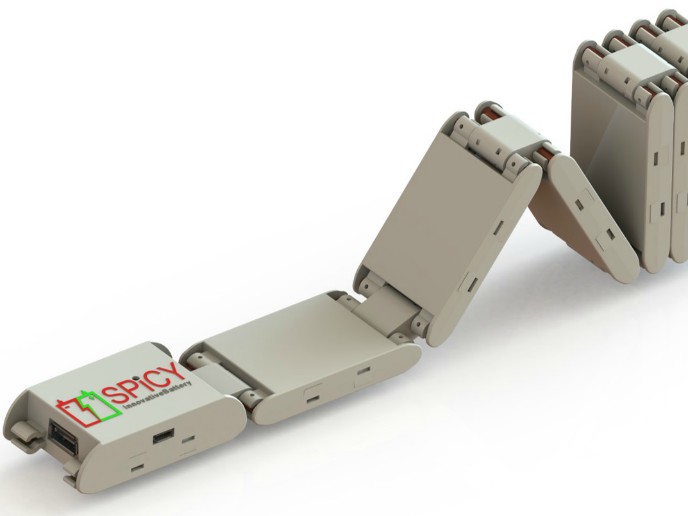Improved lithium-ion batteries to boost electric vehicles
Li-ion batteries have become an indispensable power source for our increasingly small portable and handheld electronics. Due to their overwhelming advantages over other battery types – for example higher energy storage density – they have also opened up a variety of new applications outside of the technology’s core area including hybrid and electric vehicles. Vehicle makers hope that improved battery technology in terms of performance, cost, safety, recyclability, lifetime and weight will further extend electric vehicle range and reduce cost — ultimately making electric vehicles a more attractive option for customers. The EU-funded project SPICY(opens in new window) aimed to develop a more powerful, cheaper, safer, lighter, longer-lasting eco-friendly Li-ion battery that should meet the needs of electric vehicle drivers. The project addressed production processes and the whole value chain for the materials used to make Li-ion batteries. “Developing new chemistries and cell architectures for Li-ion batteries is the only way to increase cell capacity and energy density both of which add to greater electric vehicle autonomy,” notes project manager Willy Porcher. New materials Project innovations hinged on the development of novel active materials and stable electrolytes, the use of a more eco-friendly solvent for manufacturing, the evaluation of new and optimised cell architectures and packaging using eco-design concepts. For use as a positive electrode, improvements were made in the energy density performance of phosphate materials starting from lithium iron phosphate, LiFePO4. Despite the fact that this is a safe and durable material for use in cathodes, its energy density is low because of the electrochemical potential of Fe. Using transition metals with higher potential than Fe, researchers successfully boosted electrochemical performance and energy density of the material. Electrolytes with a wide electrochemical window have been tested including sulfolane and adiponitrile and both improved the cycling performance. Researchers have also demonstrated that the aqueous process for cathode manufacturing facilitates the recycling process, allowing recovery of more than 50 % of the battery. The team has also investigated novel materials for the anode including silicon in composite with graphite or in alloy with germanium. Silicon has been produced through new synthesis processes for nanoparticles and core-shell structures to improve particle stability. Adding Li-imide salts to the electrolytes proved beneficial for the cycling stability of the Li-ion cell, creating a more stable interface between the electrolyte and the electrodes. SPICY has tested four different cell architectures and also produced a modular lightweight composite packaging and a durable power connector that showed no additional resistance. “These so-called moulded interconnected devices combined with composite packaging for cells will lead to very compact systems with higher safety levels, smaller volume and lower cost,” notes Porcher. Low-cost, high-performance batteries The project’s life-cycle assessment and cost analysis helped address the best options for manufacturing the next generation of Li-ion batteries for electric vehicles in Europe. “In our bid to minimise the effect of batteries on the environment, we concluded that it is best to focus on improving the energy content rather than selecting the materials with the lowest environmental impact,” notes Porcher. Thanks to the use of cheaper materials and intelligent cell design, the project’s overall aim was to reduce battery production costs by 20 % and increase performance by 20 %. By optimising cost and mainstreaming eco-design principles, the multidisciplinary collaboration involving industrial, academic and research centre partners should help provide a strong industrial base for European battery producers to exploit global markets.







